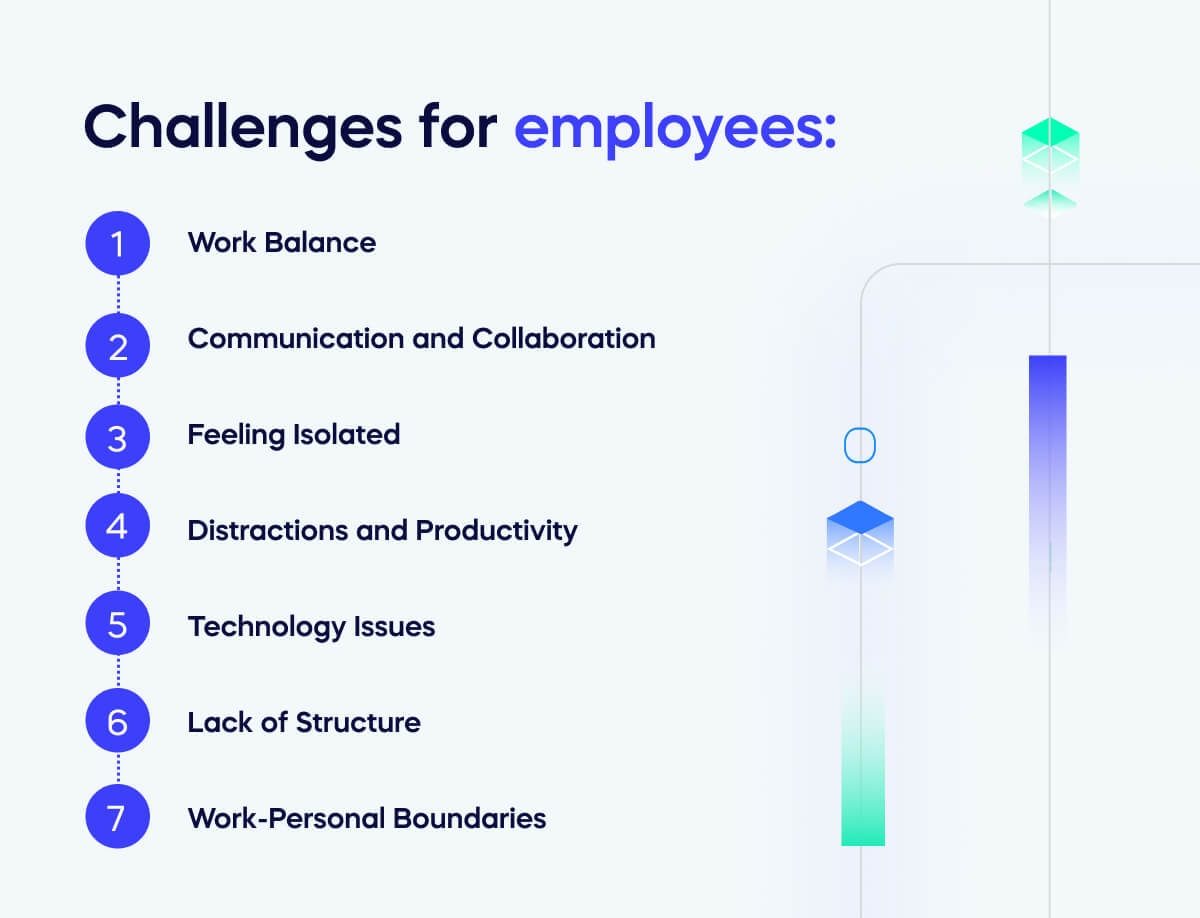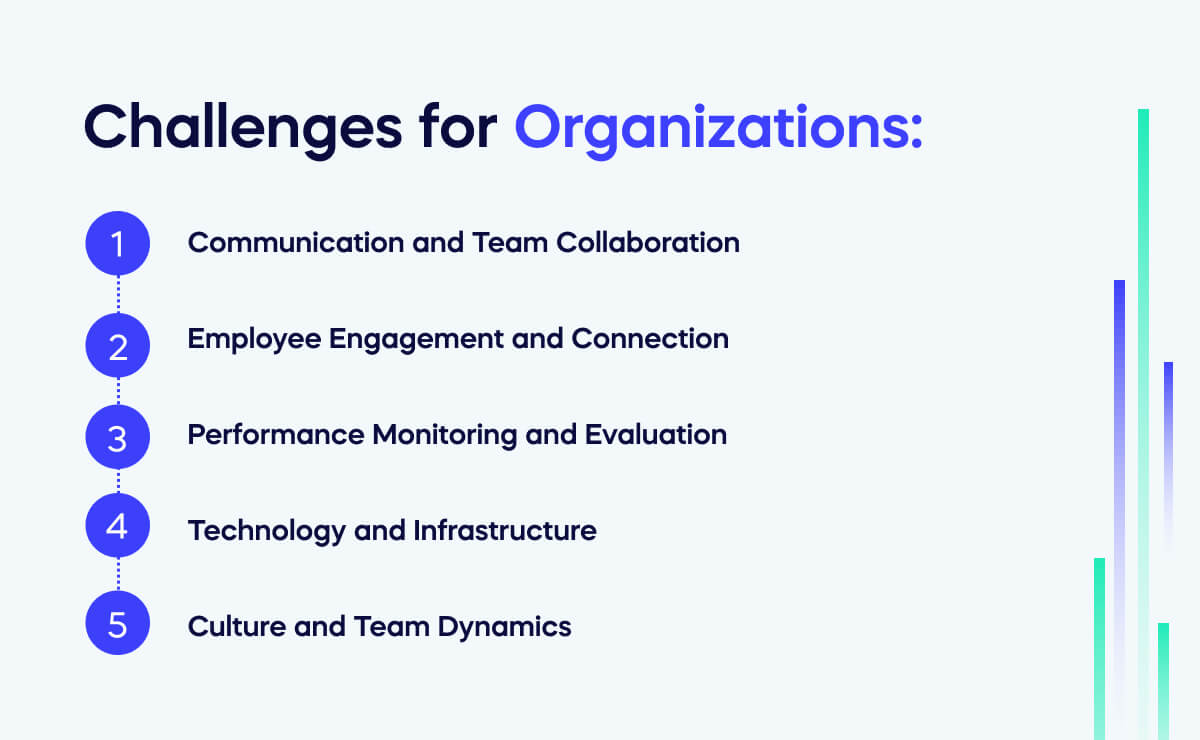What is WFH?
WFH is an acronym for “work from home”, which describes a modern working arrangement where employees perform job responsibilities remotely, typically from their own homes instead of an office. It offers flexibility, improved work-life balance, and cost savings for employers.
The work-from-home model is made possible through readily available digital capabilities such as video conferencing, instant messaging, and cloud-based collaboration tools.
According to a recent survey by the Pew Research Center, 35% of workers with jobs that can be done remotely are now working from home full-time.
As technology-driven innovation continues to advance and work cultures evolve into the Next Normal, an increasing number of companies are recognizing the advantages of remote work. Embracing this shift allows organizations to tap into the benefits offered by a flexible and location-independent workforce.
WFH empowers employees to work in a manner that suits them best while enabling organizations to adapt, attract, and retain talent by promoting a dynamic and productive work environment.
Effective communication and support are vital for successfully implementing WFH arrangements and should be emphasized in a rapidly changing work landscape where remote work has become the new norm.
The following synonyms can be used interchangeably with WFH:
- Work from home
- Working from home
- Telecommuting
- Remote work
- Working remotely
- Virtual work
This glossary explores WFH, examining why working from home has gained such prominence, and provides a comprehensive overview of its various aspects.









